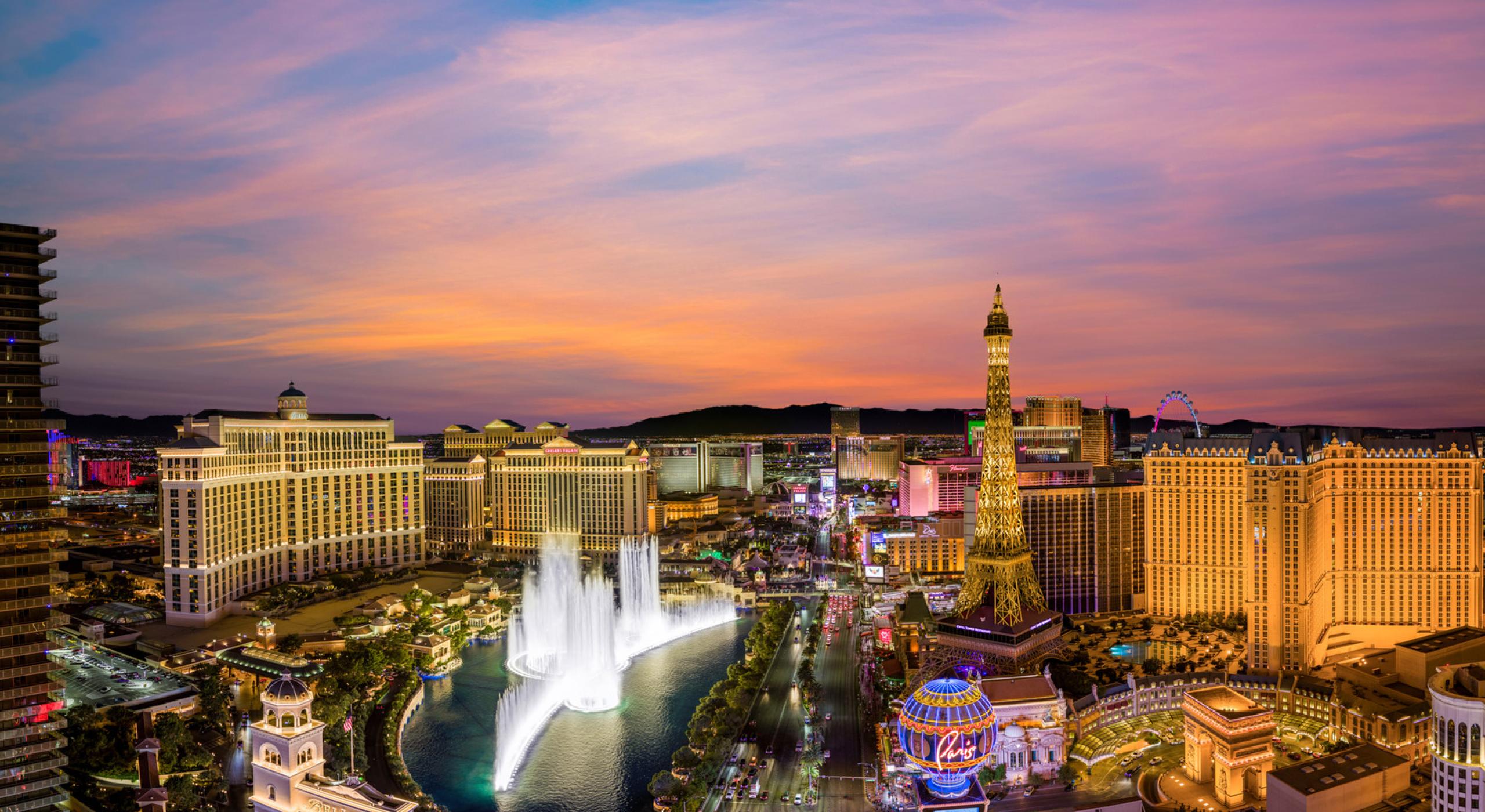

Best Cities in the Southwest U.S. to Live – Relocation Guide (2025) | LookyLOO
The Southwest feels different the moment you arrive. The air is dry, and the cities keep expanding into open space where the sky seemingly stretches forever. Arizona, New Mexico, Utah, and Nevada have become magnets for people leaving crowded coasts. The draw is straightforward: a warm climate and a chance to live where the outdoors is part of daily life.
Living in the Southwest
Life here revolves around light and space. Days start early to beat the heat, and evenings stretch long enough for hikes or patio dinners (homes come with lots of livable outdoor space). People talk about trailheads and mountain drives the way others talk about commutes.
The region’s economy is expanding fast. Phoenix and Las Vegas attract workers in tech, healthcare, and, of course, construction for all that growth. Smaller cities such as Santa Fe and St. George appeal to people looking for art or retirement living. Each city offers a distinct mix of opportunity and landscape, but the whole region shares a sense of possibility.
Top Cities in the Southwest Region
Phoenix, Arizona
Phoenix has grown into one of the country’s biggest metros and shows no signs of slowing down. Jobs are steady in tech and healthcare, and the airport connects easily to every major U.S. hub. Housing remains more attainable than in California, though prices have climbed with demand.
Why It Works: Phoenix delivers scale and sunshine without the grind of coastal markets.
Scottsdale, Arizona
Scottsdale built its reputation on polish, which includes world-class golf courses, often paired with spas, and high-end homes with all the amenities, but its downtown keeps an active, social feel. Public art projects and desert preserves keep it from feeling walled off.
Why It Works: A refined suburb that still connects easily to Phoenix jobs and desert trails.
Tucson, Arizona
Tucson moves at its own pace. The University of Arizona shapes much of its culture, and the surrounding mountains define how people spend their free time. Independent restaurants and community art projects give the city texture. Visitors are often delightedly shocked at the literary culture of the city.
Why It Works: Tucson offers real affordability and a grounded local identity that larger cities often lose.
Las Vegas, Nevada
Away from the Strip, Las Vegas functions like any growing metro: new schools amidst the expanding suburbs, and a steady influx of residents from pricier states. The economy now stretches beyond tourism into logistics and tech support services.
Why It Works: Practical living in a place still known for entertainment, a combination that surprises new arrivals.
Henderson, Nevada
Henderson sits just far enough from Las Vegas to feel separate. The neighborhoods are newer, streets quieter, and parks more frequent. It draws families who want space but still commute easily to the city.
Why It Works: A clean, planned community close to Vegas jobs and mountain views.
Salt Lake City, Utah
Salt Lake City has evolved from a regional capital into a center for business and outdoor life. Tech firms cluster along the Wasatch Front, and skiers can reach the slopes in under an hour. The downtown keeps gaining restaurants and apartments as newcomers arrive.
Why It Works: A strong job market paired with daily access to mountain recreation.
St. George, Utah
St. George keeps drawing people who want heat and scenery without big-city noise. The red-rock backdrop gives every neighborhood a view, and outdoor access defines how residents spend their time.
Why It Works: Compact, sunny, and surrounded by national park country — easy living for an active lifestyle.
Albuquerque, New Mexico
Albuquerque sits between desert and mountains, giving the city a sharp contrast and striking sunsets. It’s affordable, with a creative community supported by film production and small-business energy.
Why It Works: A city that stays rooted in its landscape and culture while remaining affordable for new arrivals.
Santa Fe, New Mexico
Santa Fe has been an art center for generations. The adobe architecture and galleries define its look, but the slower rhythm of life keeps people here once they arrive. Festivals and food markets fill the calendar year-round.
Why It Works: Santa Fe turns daily life into something tactile and visual — art isn’t a scene here, it’s the setting.
Flagstaff, Arizona
Flagstaff sits high in the mountains, far cooler than most of Arizona. Locals ski in winter and hike through pine forests in summer. The university brings energy, and small breweries and bookshops keep downtown busy.
Why It Works: Four seasons and forest air in a state better known for desert heat.
Why People Move to the Southwest
People come here for space and sunlight. Some want large-scale metros with jobs and growth, others look for smaller towns tied to the land. The region offers both, along with a chance to slow down without giving up opportunity.
FAQ About Living in the Southwest
Q: Which cities are growing the fastest?
A: Phoenix, Las Vegas, and St. George lead the region, adding new housing and employers each year.
Q: How hot does it really get?
A: Summer temperatures often exceed 100 °F in low-elevation areas, but evenings cool quickly and humidity stays low.
Q: Is water scarcity an issue?
A: It’s part of life here. Cities manage it through conservation and long-term planning, but awareness helps residents adapt.
Q: Are these cities good for remote work?
A: Yes. Broadband coverage is strong, and housing costs make home offices realistic for many newcomers.
Q: Who tends to move here?
A: Remote workers, families from higher-cost metros, and retirees who want sun without coastal expense.
Find Your City in the Southwest
Not sure which Southwest city fits you best? Take our LookyLOO Quiz and start building your Movebook today.